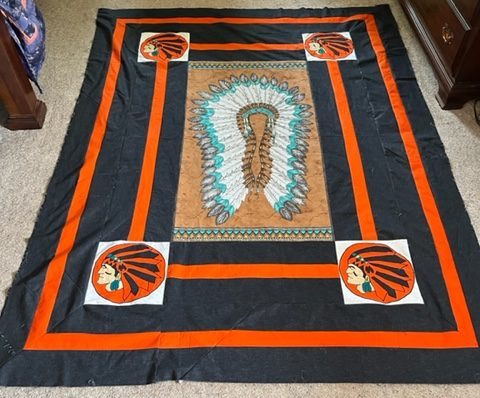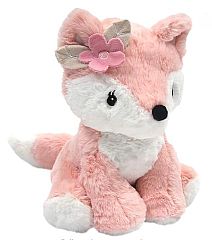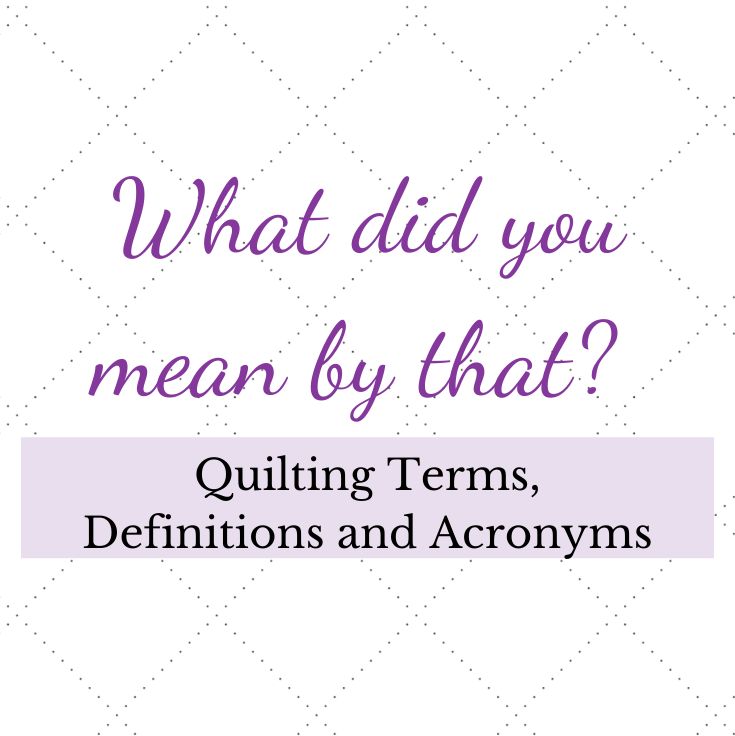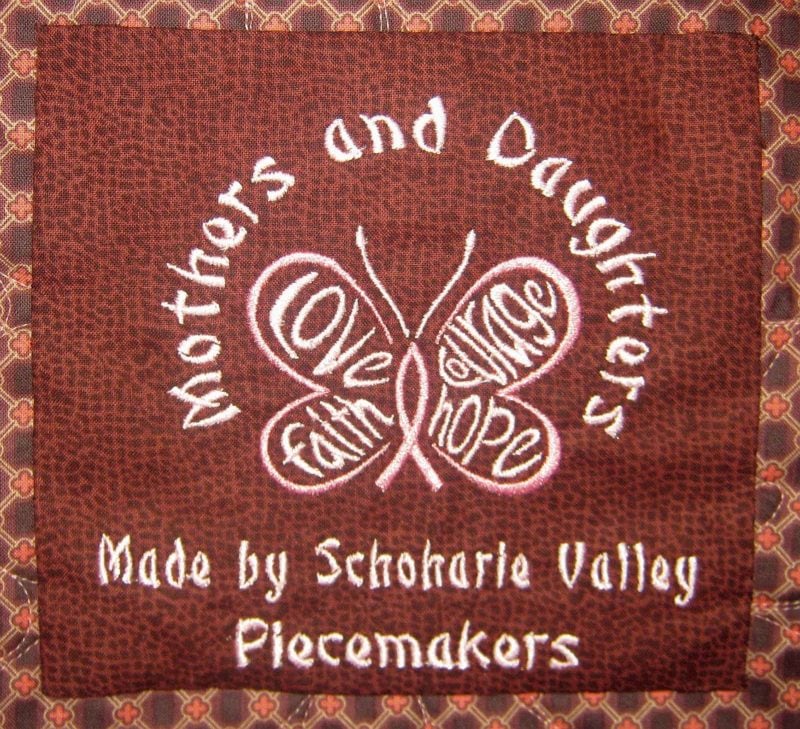*This post MAY contain affiliate links. That means that if you make a purchase after clicking on a link I may earn a small commission at no extra cost to you. I don’t ever recommend something that I don’t use myself. Not all links are affiliate links. For more information, see our Privacy Policy.
Quilting Notions from the Store
Save your money for quilt fabric! Here are great tips for using everyday items in original ways to save time and money in quilting.
- Next time you are in the office supply store, take a walk down the folder aisle. Regular folders will help you keep track of small block templates, leftover template plastic, and pieces of fusible. Expanding folders can be used to hold finished blocks, or block pieces. A large Art portfolio can be used to carry a cutting mat, long rulers, and other materials to classes
- Many office supply stores carry clear zip folders meant for keeping small items in a three-ring binder. These also work well for keeping patterns, templates, pre-threaded needles, and thimbles in one place.
- Colored pencils are great not only for coloring graph paper (which you can also buy at an office supply store) but also for highlighting or emphasizing directions in complicated patterns.
- Vet wrap is a stretchy, rubberized crinkled material used as an under-thimble. Because it sticks to itself, you can use it as a wrap-around thread to keep it from unwrapping.
- Plastic dots for putting on your index finger and thumb to help you pull your needle through the three layers when hand quilting.
- Rubber finger cots will do the same thing. They are also good for gripping the fabric when machine quilting.
- Disposable rubber gloves (or garden gloves) will also help with machine quilting.
- A rubberized shelf liner will keep your foot pedal from traveling.
- Rubber door stoppers to tilt your sewing machine table by putting them under the back of your machine.
- For a sewing table, use a computer table from the office supply store. Put your machine into the cut-out where the keyboard tray drops down, and you have a large surface almost exactly flush with the machine’s
- electric tape. It’s black plastic with something that sticks on the back, so you cut a strip and wrap it around my finger to protect it when quilting.
- Student plastic report covers in green and red can be used as Ruby and Jade Beholders
- Tiny post-it notes can help you identify your rows (or block arrangements). It’s good to use on rulers or patterns too because it doesn’t leave adhesive residue.
- 2″ wide masking/drafting tape for taping down the backs of quilts when basting on a table
- 72″ straight metal measurer — longer than a yardstick. It has a wonderfully long, sturdy, straight edge
- Bicycle clips that quilters use to ‘tie up’ their quilt while machine quilting
- Instead of scotch tape, use Dermacil paper tape from the first-aid aisle. You can easily reposition the tape. It will help you keep your template pieces together. While you are there, look for the clear first aid tape to put on the back of your rulers. These are thinner than the sandpaper dots.
- Large magnet to keep needles and pins on when quilting/sewing.
From the Big Box Store
- Use the small containers to keep your sewing machine feet and other small tools in one place.
- Freezer containers can help you keep your small paper-piecing supplies in one place. Use it for your Add a Quarter ruler, tweezers, 18mm rotary cutter, extra blades, small mat, seam ripper, small scissors, etc.
- If you have specialty thread with matching bobbins, keep them separated from your regular supplies in one of these containers.
- Keep a permanent class supply box so you never have to search at the last minute. Put in it a short ruler, rotary cutter, extra blades, seam ripper, thread nipper, pins and pincushion (or magnet), a package of sewing machine needles, an extra light bulb for your machine, a disposable camera, spare thread, and at least one filled bobbin. Use an old eyeglasses case for your rotary cutter.
- Small quilt embellishments, like beads, sequins, ribbons, etc can be sorted into empty spice jars or baby food jars and kept in one place with one of these containers. Put the things you use with these embellishments (like specialty thread and needles, sharp scissors) in the same container.
- press-n-seal for tracing quilting designs
- Storing cut pieces of fusible interfacing or embroidery stabilizers
- Small templates and rulers
- Zip bags and freezer containers will help you sort your scraps by size and/or color
- the retractable scissors gadget from the fishing department
- Stackable plastic drawers will help you store items for sewing. Use the drawers to store your extra scissors, pinking shears, smaller rulers, chalk, Pigma pens, pencil, and pencil sharpener.
- Rubbermaid makes a large fishing tackle box that works well as a sewing box. The divided trays are great for the thread. Some have a clear covered box on the top for smaller items and notions. The bottom holds larger thread, gloves for machine quilting, and packages of needles. The closure is more secure than sewing boxes. It is very organized and portable for taking to classes and retreats.
- Use skirt or pants hangers to keep your strips straight until you can use them.
- Pizza boxes (clean) work great for storing WISPs. They stack nicely and keep blocks flat and neat. Most pizza places will sell them for 50 cents or if you are a regular may even give you a couple. They are also nice to carry projects to and from classes
- Dryer Sheets Uses for new and used dryer sheets.
- Freezer Paper
From the Hardware Store
- Make a sewing table by using a door. If you purchase 2 dressers to lay the door on, you can put a large cutting mat on top and have a 36 by 80 cutting area.
- wooden molding strips in different widths to use as a guide for marking quilting lines
- You can also purchase clear plastic boxes in the toy store used for storing matchbook cars. These are great for storing a variety of threads.
- brass plated “peephole” purchased at the hardware store. Use it to look through while designing watercolor quilts and to check out blocks on your design wall. It gives you a different perspective of your design and appears as though you are further away
Have another tip to offer? Send it to me or reply below and I will add it here.
Don’t forget to sign up for the newsletter! Once a week, I send updates on quilt-related information I have found while wandering the web. This might be an inspiring article, a tip or tutorial I have discovered (or written), and occasionally exclusive offers & discounts as well as immediate access to the secret page of free patterns, guides, and printables. You can follow my page on Facebook, or join the Make Believe Quilters group, too.




